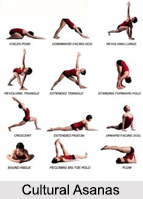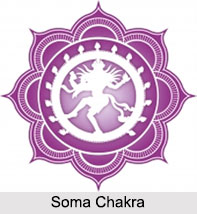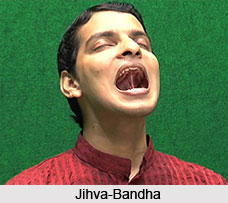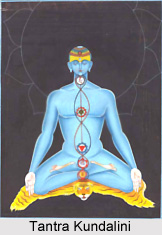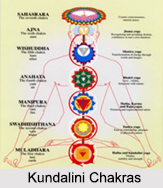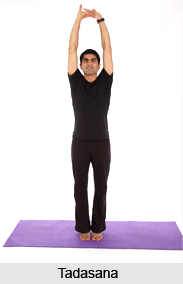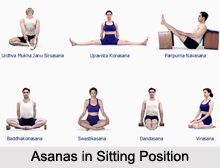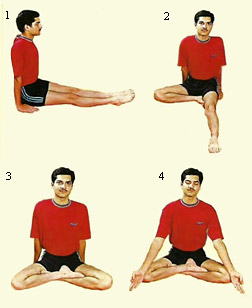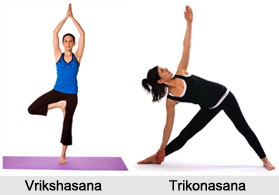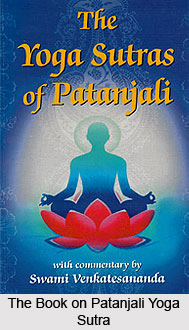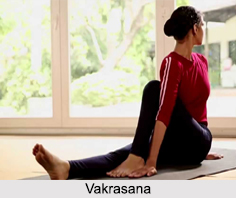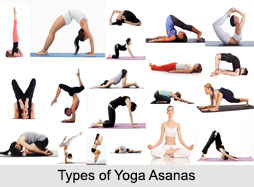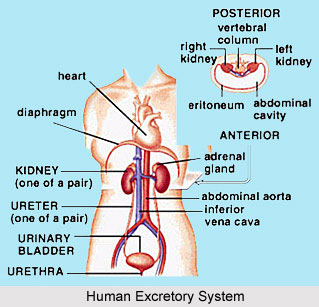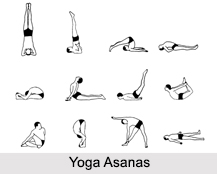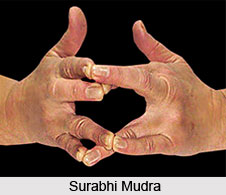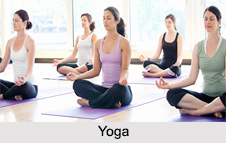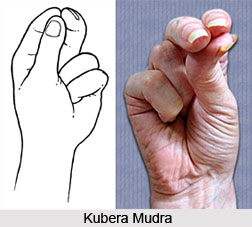The fifteenth yoga sutra explains about the dissimilarity between two perceivers in perceiving an object, due to a difference in their mind-content. The object (prakrti) is as true as the subject (purusa), only one`s perceptions differ. And this discriminating power is dependent on the consciousness. In such an instance, the consciousness is the perceiver and the object being perceived becomes the object to be understood. Although each person sees it diffferently, the essential object remains unchanged. Through asana and pranayama, the real essence of an object can be perceived in their truest sense, owing to one`s conscience being cleared of impurities.
vastu object
samye being the same
citta consciousness
bhedat being different
tayoh theirs, of these two
vibhaktah different, divided, partitioned, separated, parted
panthah paths, ways of being
Due to the variance in the quality of mind-content, each person may view the same object differently, according to his own way of thinking.
The object (nature or prakrti) is as real as the subject (purusa), but though the substance of nature or object remains the same, the perceptions of it vary according to the difference in the development of each person`s consciousness.
Here, consciousness is the perceiver and the object perceived becomes the object to be known. On account of the wheel of time, substance and qualities of nature and consciousness as perceiver develops differently in each individual. Though different perceivers see an object in different fashions, yet it remains the same. For instance, the same man or woman is a pleasure to a beloved or a lover and a pain to a rival. He or she may be an object of indifference to an ascetic and of no interest to a renunciate. Thus, the object is the same, the perceiver sees in the light of the interplay of the various gunas.
In asana and pranayama, owing to differences in one`s constitution and frame of mind, techniques and sequences vary, but not their essence. As soon as the consciousness is purified by removal of the impurity, asana and pranayama unwrap their essence. When an even balance is achieved, the essence of subject and object are revealed in their purest and truest forms.
When the yogi realises that the perceiver in the form of consciousness is not the real perceiver but an instrument of its lord - the seer or purusa - it begins to discard its fluctuations and also its outer form, ego, so as to merge into a single un-vacillating mind. This allows the single mind to unite in the seer, and the seer to shine forth in the light of the soul. This is atmo jnana, leading to Brahma jnana.

